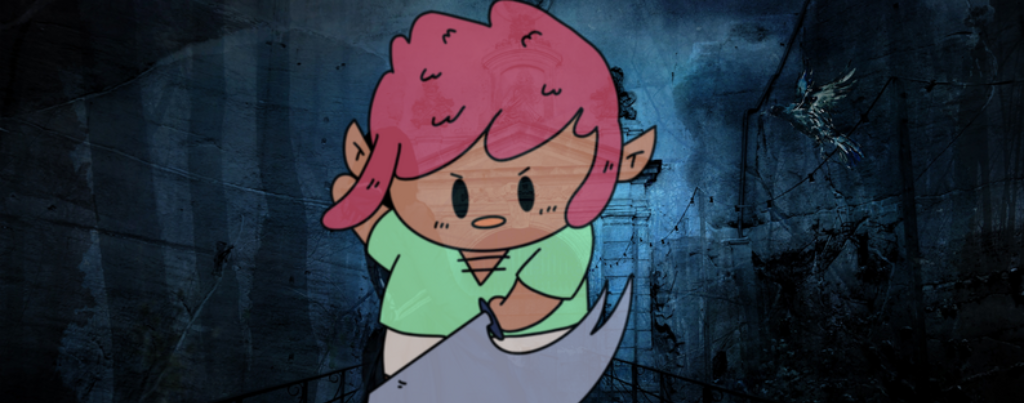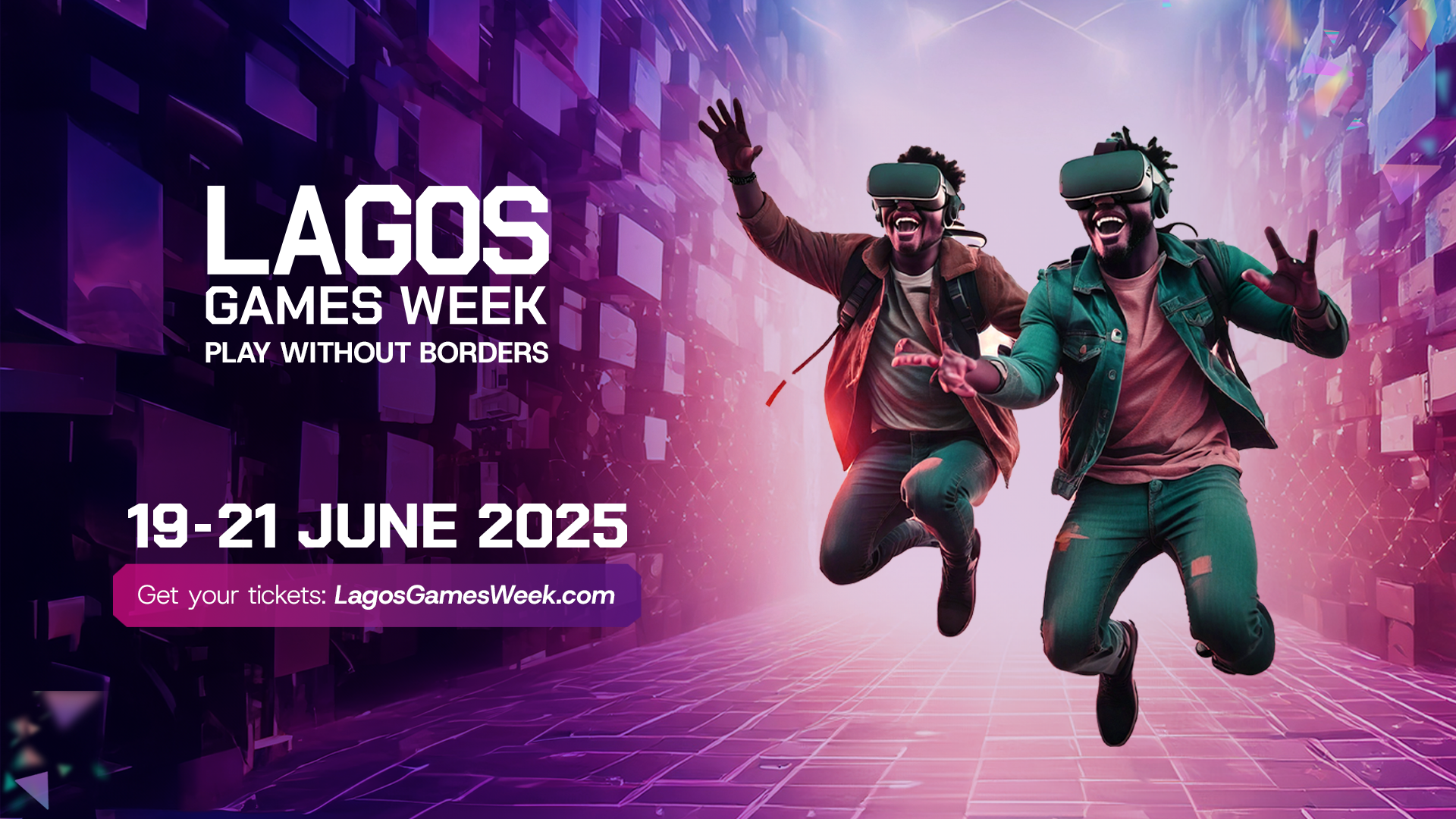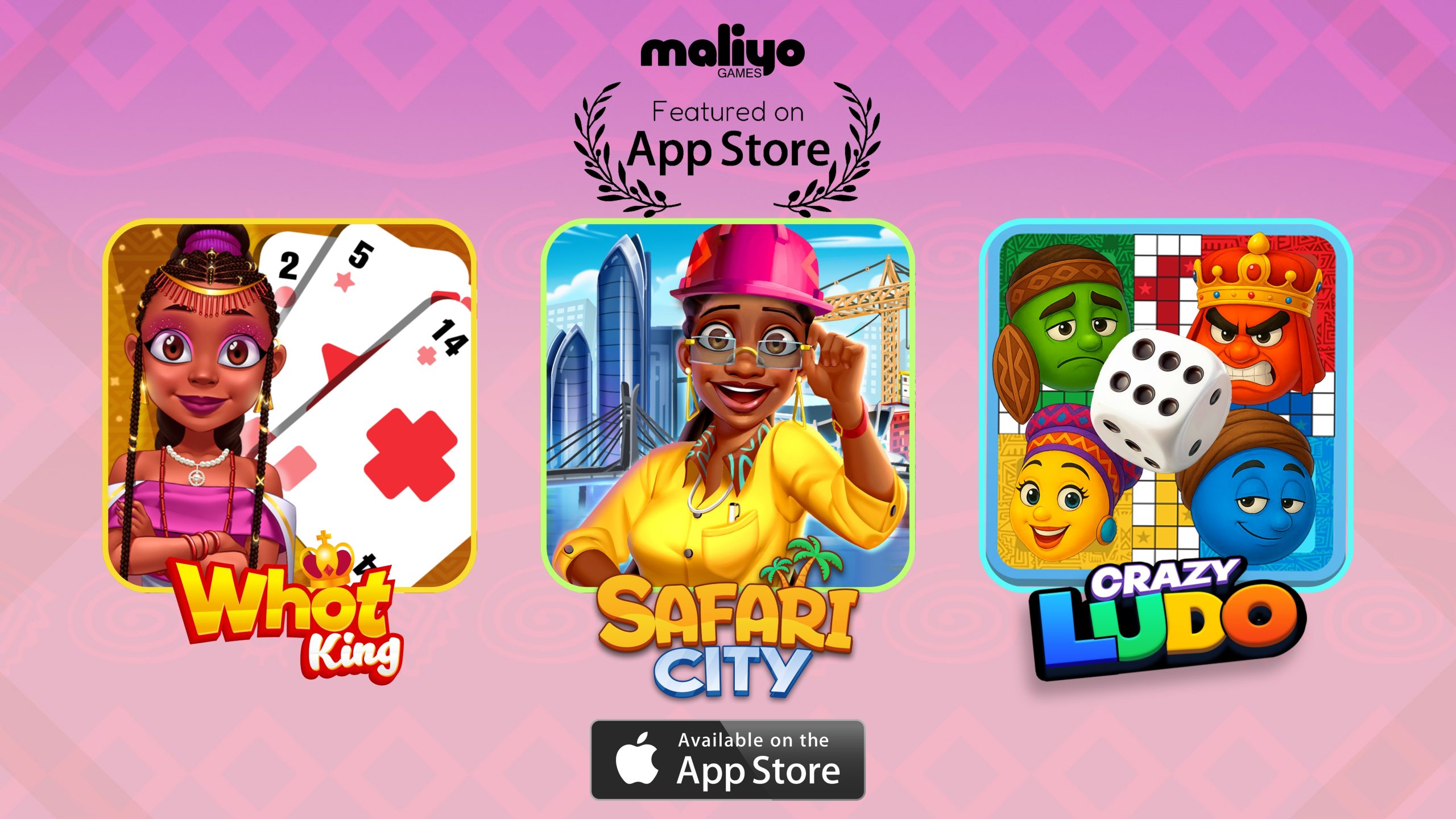As a member of the Maliyo team, I’m thrilled to share with you the latest news from our internship programme. Each year, we invest in the next generation of developers, through our very competitive selection process. In early March 2023, this year’s cohort participated in an in-house game jam, with a diabolical theme. The announcement was made on Friday, the 3rd of March, and the Game Jam started that weekend and lasted for a whole week. Our main team provided supervision and guidance, helping aspiring developers hone their skills and take their creations to the next level. This internship programme is not just about technical skills, it’s about fostering creativity and collaboration. On the programme, interns are learning how to work together to bring their ideas to life, in an environment that’s supportive, challenging, and fun. It’s a great opportunity for them to learn from some of the best in the business, and for us to continue building the African games industry which we are proud to be a part of.
The Game Submissions
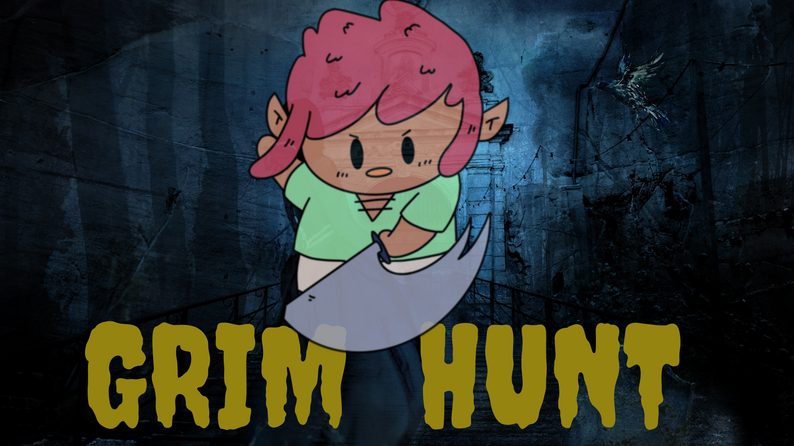
Grim Hunt
Grim Hunt is a 2D adventure game with a top-down perspective. It targets African mobile gamers and adventure lovers who are 12 years and above.
The game starts with a story of betrayal. Someone who is supposed to be the player’s friend decides to betray the player due to their diabolical thoughts. The gameplay revolves around escaping the enemy (the false friend), attacking them and finding a portal to go to the next stage.
To win, a player needs to defeat all their enemies and progress to the next stage through the portal. When a player is attacked by their enemy, their health deteriorates. If these attacks persist the player’s health is depleted and therefore they lose.
The Grim Hunters team used Trello for task planning, Miro for code architecture and Google Docs for their Game Design Document (GDD).
Their user interface (UI) was pixel art, their animation was player motion, and player attack. They used background music and sound effects and a 2D tile map. The Legend of Zelda and Legend of The Skyfish are some of the games that inspired the team.
They outlined things they’d have done better as
- Their GitHub collaboration- They had trouble collaborating in the beginning as they used Plastic SCM and they ended up overwriting each other’s work so they decided to switch to GitHub,
- Conducting more playtesting &
- Time Management.
After their presentation, the team went through some of the feedback they received prior to their presentation and they also received feedback from the audience.
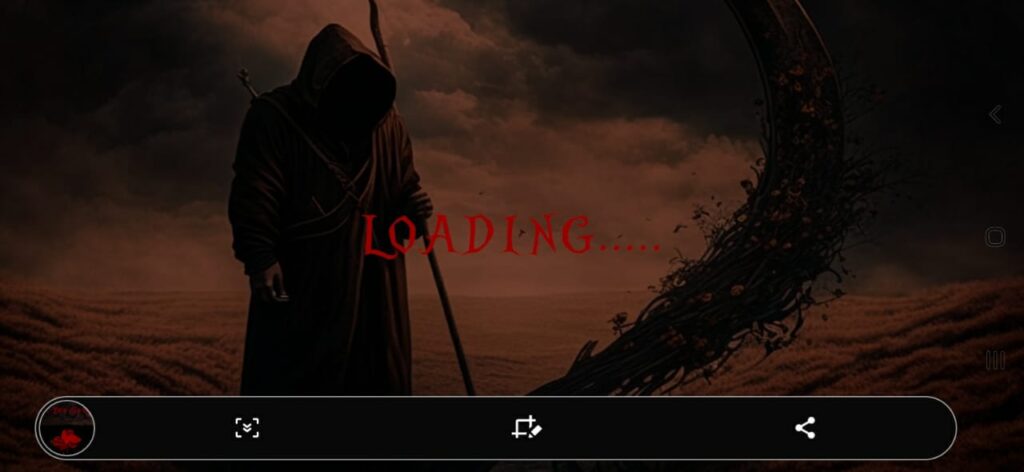
Souls: The Gathering
Souls: The Gathering is a driving game where the player avoids obstacles and chases non-player characters (NPCs) and runs over them to collect their souls. Its target audience is casual gamers and driving game enthusiasts.
The game takes place in the heart of Africa, where the player takes on the role of a truck driver who has been hired by a powerful entity to collect the souls of innocent villagers.
The game’s theme explores the dark side of African mythology, with the souls collected by the player being used to empower an ancient, malevolent being that seeks to bring chaos and destruction to the world.
The win condition was to run over all the NPCs they did not get a chance to integrate a lose condition.
The team used Slack huddles for ideation and Trello to keep track of the assigned tasks. The development of their game took 4 days after meetings that were held to prepare for development.
The project was created in Unity then it was pushed over to GitHub so that everyone in the team could access the repository. They acknowledged the following as things that they could have done better:
- Have a more consistent presentation throughout the game
- Do more research on UI/UX
- Decide on art designs earlier
- Use animations to display more information/ tutorials
Some of their challenges included experiencing GitHub issues in relation to the template that was provided as well as finding appropriate art of what they were trying to go for.
During the feedback session, the team was congratulated for outlining their process. It is extremely important to have a process and a system because it is repeatable and refinable meaning it can be improved. They were challenged to consider having reference games in future as it is an easier way to build.
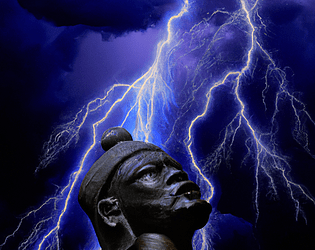
Sango’s Fury
In a world of forgotten gods and lost legends one deity ‘Sango’ remains determined to reclaim his rightful place in the pantheon. Sango, the mighty god of thunder and lightning, has been ignored and cast aside by the very people who once worshiped him with fervor.
That is until a warrior called Logo arrives seeking Sango’s blessings for an important battle. Moved by the warrior’s devotion, Sango possesses his body and sets him on a mission to retrieve sacred items from an evil forest for six rituals. Only by doing so can Sango be brought back to life, get his power restored and proceed to seek vengeance.
Sango’s Fury is a 2D platformer in which the player takes on the role of a warrior to steal sacred items to resurrect the vengeful spirit of Sango.
The core gameplay involves jumping on platforms, avoiding traps, beating the clock before the spirit of the forest awakens and collecting sacred items. The player controls are arrows.
The player wins once they collect all the sacred items in the level and get to the exit. They lose if they run out of time, when they collide with the traps and when they fall off a cliff.
However, even if you lost in one round you did not lose completely as the team created checkpoints where even if you lost you could return back to your checkpoint.
Their target audience was West African casual gamers, enthusiasts of ancient African religion and mythology as well as platformer lovers.
The team used Miro for the ideation process. After the team merged their ideas they decided to look for game references that had the mechanics they wanted to work with.
The traps and the movement on the platforms were inspired by Ninja Arashi. Oddmar had lots of similarities to their ideas because the game focused on Scandinavian mythology and religion.
They used their reference games to guide their development process. The team had daily stand-up meetings to plan ahead and assign tasks to each other. They also maintained constant communication on WhatsApp and when they needed further clarification they would quickly jump on a call to clear things out.
It took the team 6 days to develop their game. They used GitHub to control their source code, they started out by making an outline of how they would go about the collaboration in order to avoid any issues that could jeopardise their process. After that, they started building the gameplay, the movement mechanics, the platforms and everything else that encompassed the terrain of the game.
They proceeded to work on the particle effects, after which they worked on the sound and music then they finalised the menus and UI and polished the game.
The following are some things they identified that they could have done better:
- Done more playtesting
- Added more particle effects to improve the visuals
- Decided on the structure of the platformer to be player-friendly in the first level
- Plan level design on paper before building
- Build the Web GL version &
- Made a CCP before the development
The following are the other challenges they encountered
- Tight schedules
- Lots of ideas making it hard to pick the best &
- Power issues
During the feedback session, it was highlighted that prioritisation and decision-making are great skills that need to be learnt. Decisions need to be made quickly and it is not every single thing that you have in mind that can get into the game thus the need to prioritise and leave some things out.
To solve the challenge of playtesting it was suggested that next time they should consider building a place for playtesting into the development process so that they plan and allocate time for testing. “When you allocate time for testing ensure that it is utilised”. Team members were encouraged to get their friends or people around them to playtest their games.
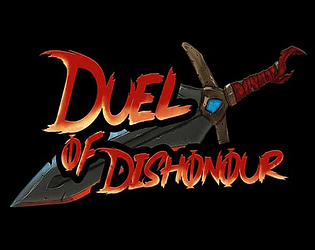
Duel of Dishonour
Duel of Dishonour is a turn-based action role-playing game (RPG) game where you can fight fair to avoid guilt or cheat your way to victory if you feel a little bit evil.
The player takes on the role of a young African warrior who is transferred to a new world by a ghastly Shaman and is on a quest to find a way back home. They face powerful enemies along the way who will stop at nothing to defeat them.
The player has to use all the tools at their disposal even if it means dishonouring the battle to defeat their enemies or their enemies will simply stop them from going back home.
The gameplay is simple and strategic. All the player needs to do is select an action by tapping on the screen. The actions follow the rock, paper, scissors combat mechanic. You can also cast a spell to boost your stats as you fight to bring an element of strategy into the combat.
If things are not going your way, a player can cheat to predict their opponent’s next move so that they can counter them rapidly and efficiently. The development goals for this project were to make a flashy turn-based game, give the player the ability to cheat the AI or feel lucky and make it simple with a little layer of depth. To win, the player needs to get their opponent’s health to zero. To lose, the player’s health needs to go to zero.
Their target audience is casual gamers, turn-based game enthusiasts and action RPG lovers. Their game references were Knighthood-Epic RPG Knights where they took note of the camera actions and how the actions are performed on the screen.
They also referred to Pokemon Legends Arceus which has a turn-based mechanic where you select the actions to be performed and then Pokemon will perform the actions for you.
Another reference they used was Beneath Oresa where you can see the camera angle, where cinematics are played when the player attacks and sometimes you can see the next move that the enemy is going to make.
For their art, they went for a cartoonish and chubby/cute look. You can also fight in various different environments like in snow fields and also in the grasslands.
For ideation, they used the blue sky approach and Miro as their tool of choice. They went through the following steps:
- Step 1: Brainstorming and Game concept creation
- Step 2: Created a game concept with the chosen idea bearing in mind the limitations of the game jam
- Step 3: They identified the best game references that aligned with their game concept
- Step 4: Used paper prototyping to see how fun their idea would be. They did a lot of playtests where one of the teammates was the player and the other teammate was the AI manager. Once they figured out where the fun of the game was, they shifted their focus to developing that idea.
- Step 5: They set up all their goals and task plans
For planning and documentation, they created code architecture while keeping up with tasks on the Miro board.
For development they used source control on GitHub, sourced for some free animations and used shaders that made the anime style pop out and used particle effects to make the game look more presentable.
After publishing Duel of Dishonour the team found out that they were among itch.io’s upcoming trending releases.
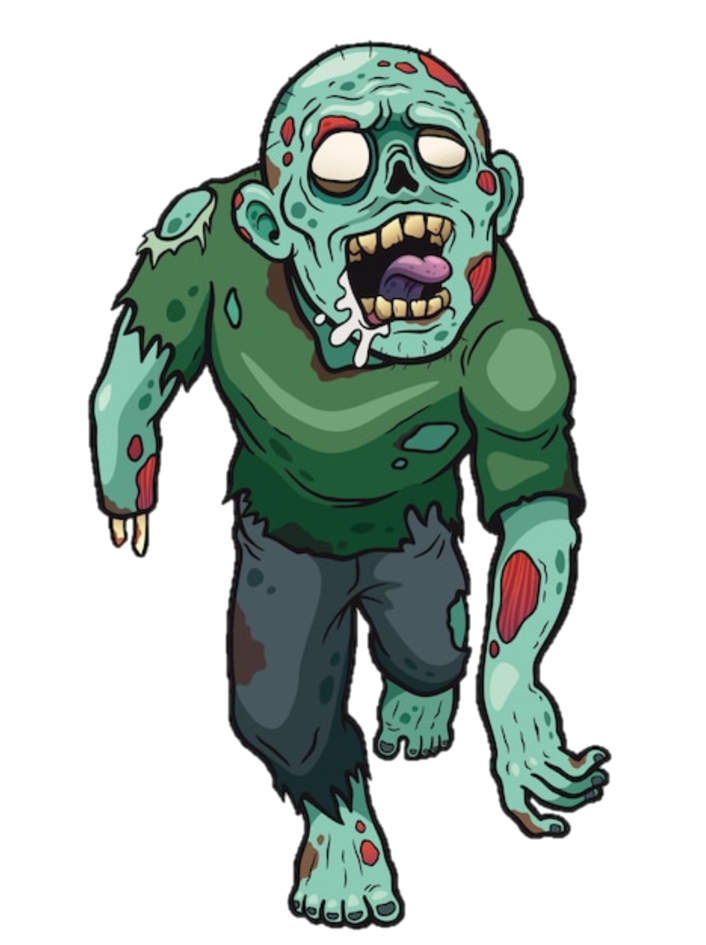
Zombie Uprising
Zombie Uprising is a top-down hyper-casual shooter game. It is set in a world affected by a mysterious virus, where the player is reborn as a zombie with an unquenchable hunger for human flesh.
The roles of heroes and villains are switched and the player must fight against waves of enemy soldiers, warriors and snipers to survive.
To win, all the enemies in the game need to be defeated, the lose condition happens when the enemies come close to you and your health goes to zero. The core gameplay involves tapping on the enemy to eliminate them before they reach you and inflicting damage on your health.
Their target audience is gamers who enjoy survival and horror games as well as hypercasual enthusiasts. Their game references were Wild Castle TD-Grow Empire and Zombie War: Idle Defense Game.
They played the reference games first then went through ideation on Miro. They designed how they wanted the game to be and used Trello to track each other’s tasks. They used GitHub for collaboration and made sure they incorporated different branches to avoid merge conflicts.
Reflections
When asked about the Intern’s Game Jam experience and how it differed from other game jams the participating teams had the following to say:
“I think the Intern’s Game Jam was a unique experience compared to other Game Jams we’ve run before because it provided an opportunity for the interns to showcase their creativity and skills in a collaborative environment. It was great to see interns from different parts of the world come together to work on projects and learn from each other.” Team Zombie Uprising
“We got a 100% submission rate. Game Jams are usually categorised by how many people joined and how many submitted. Since this is internal… It went well as planned” Team Duel of Dishonour
“For me what was significantly different was the planning. I was more open-minded through the ideation process. Our code architecture is also more efficient as opposed to how it was before.”Team Grim Hunt
“What was different was the ideation process. We took some time to outline our ideas and get game references in order to accomplish what we set out to do. In the bootcamp we just jumped right into production ”Team Sango’s Fury
“When I was developing the game for the GameUp Africa bootcamp, I was just trying to stick to the theme. Unlike this time around there was no planning there at all.”Team Souls: The Gathering
The Maliyo Games’ Game Jam was an incredible experience that left a lasting impression on everyone involved. What made it truly special was the fact that not only were the interns given the chance to showcase their skills, but the supervisors also got in on the action. By participating in the Game Jam, they were able to share their unique perspectives and insights with the interns, providing them with valuable guidance and mentorship. It was a truly collaborative effort that allowed everyone to learn from one another and grow together. Plus, seeing the supervisors approach the presentations and development in a different way was a refreshing reminder that there’s always something new to learn in this industry.

